Induction vs. electric cooktop: Which type is better for you?
If you’re planning on upgrading your kitchen, you may need to decide between an induction vs electric cooktop. You won’t be able to tell much of a difference looking from one glass cooktop to another, but if you opt for induction, it provides an alternative heating technology which will affect the overall performance and versatility of your stove.
Before you start browsing for the best electric ranges, you need to consider if you’re better off paying extra for this feature.
What is the difference between these types of stoves though, and why should you consider the upgrade? Here, we break down the differences between induction and standard electric cooktops, as well as the pros and cons behind each. So you can decide for yourself which will best suit your cooking routine, preferences and budget.
Stuck between electric and gas stoves instead? Check out our range buying guide to help you decide.
What’s the difference between induction vs. electric cooktops?
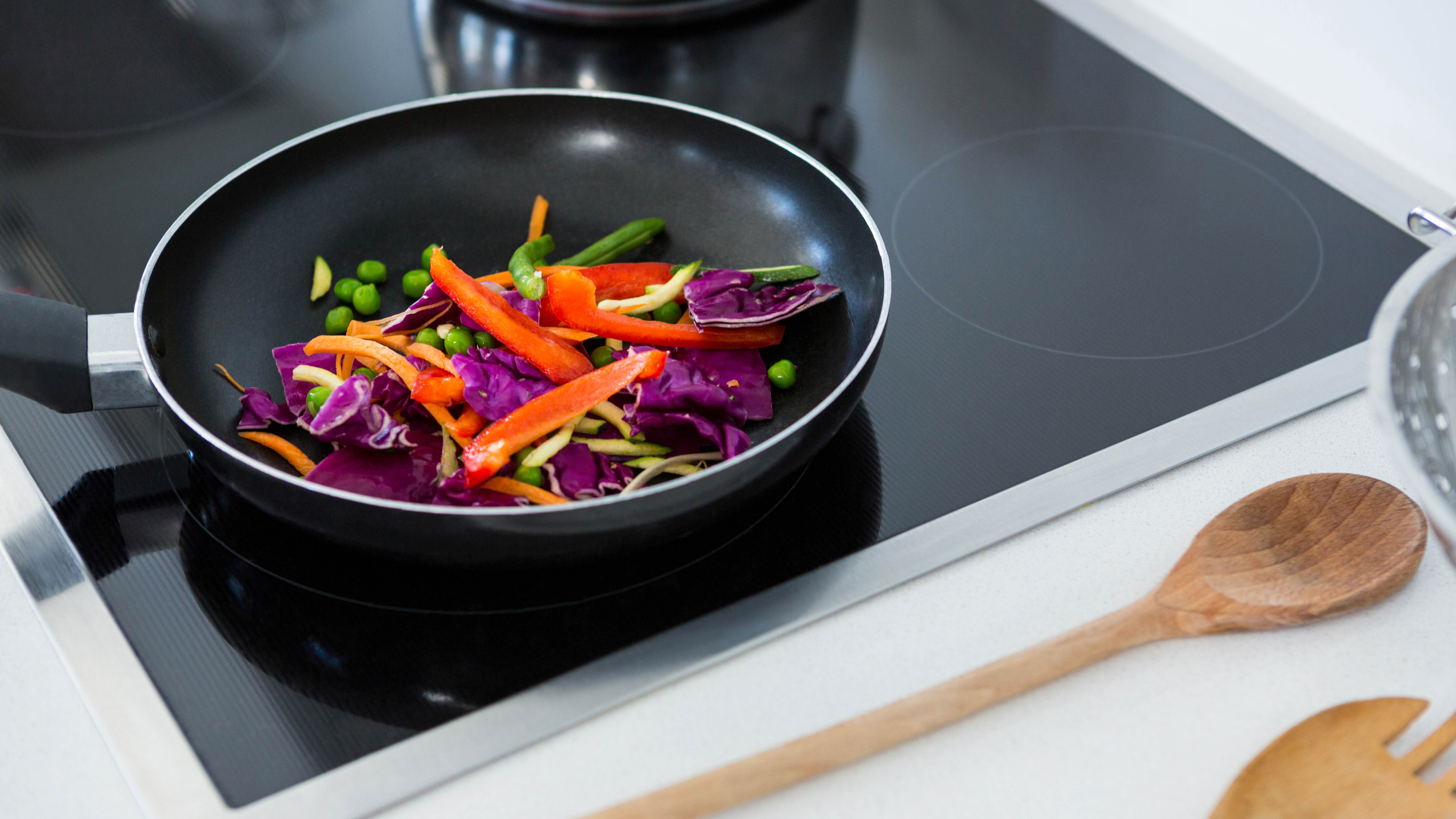
First, we should clarify that induction cooktops technically fall under electric cooktops, because these too are powered by electricity. So, when we say we’re going to compare induction vs electric cooktops, we’re referring to electric ceramic cooktops which lack induction technology for the latter category.
An Induction cooktop uses an electromagnetic field to heat pots and pans. The cooktop won’t work until an induction-safe pan is in place, and the burner itself won’t grow hot in use because the heat is generated within the pan.
An Induction cooktop essentially uses an electromagnetic field to heat pots and pans. That means any cookware you use with this type of stove needs to be made of a magnetized material to be compatible. The cooktop won’t work until an induction-safe pan is in place, and the burner itself won’t grow hot in use because the heat is generated within the pan, with the exception of any residual heat produced from the cookware.
A standard electric cooktop, on the other hand, heats the surface of the burners themselves using either electric coils or a heating element. This heat then transfers to the underside of the pots and pans in the traditional sense. That means this type of stove will heat up with or without cookware present.
The controls are generally the same between these two types of cooktops, and there’s very little visual difference as well, other than the lack of a glowing burner with induction models.
The pros of induction cooktops
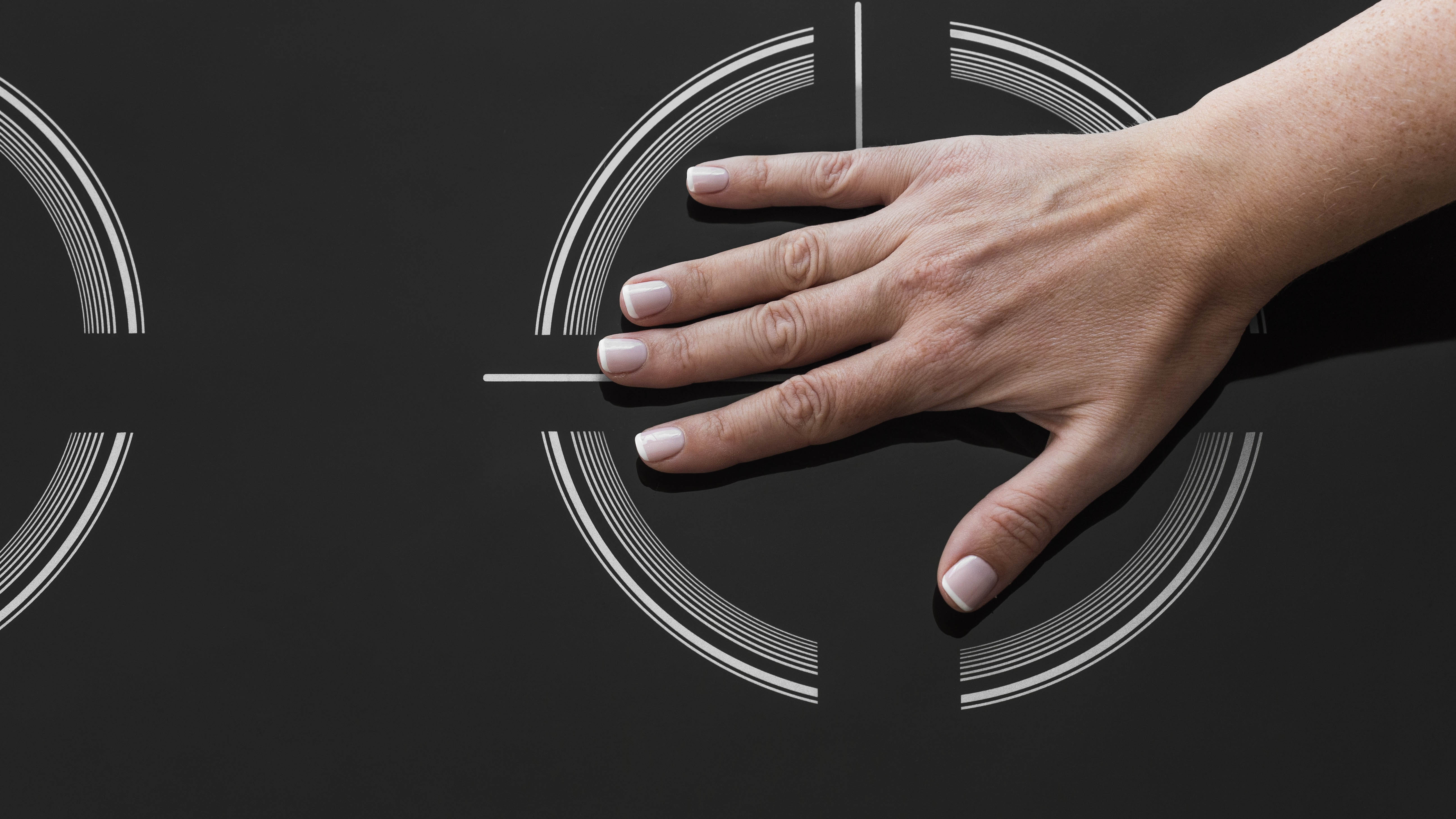
1. Safer in use — First, induction cooktops are naturally the safer option between the two. It will only generate heat when a compatible pan is in place and the surface itself won’t be so hot when you switch it off. Although keep in mind that there will still be some residual heat from the underside of the pan.
2. Quick to respond — An induction stove will instantly respond and heat your cookware on contact. It’s much faster versus standard electric cooktops, which need to heat the surface as well as the pan before it reaches the ingredients. This also means it’s quick to respond when you turn the temperature down as well.
3. Easy to clean — As induction cooktops feature a flat, glass surface, it’s relatively quick and easy to clean with a microfiber cloth. For full guidance, see how to clean a glass stove.
4. More energy-efficient — Induction cooktops heat the cookware directly. That means there’s less heat loss versus heating the surface of the burner first. On top of that, Energy Star (opens in new tab) states that induction cooktops are roughly 5-10% more efficient when compared to conventional electric resistance units. Considering this, induction is the more energy-efficient option.
5. Better control — Because induction technology is quick to respond, that means it gives the user better control as well. As soon as you change the settings, the temperature will adjust accordingly.
The cons of induction cooktops
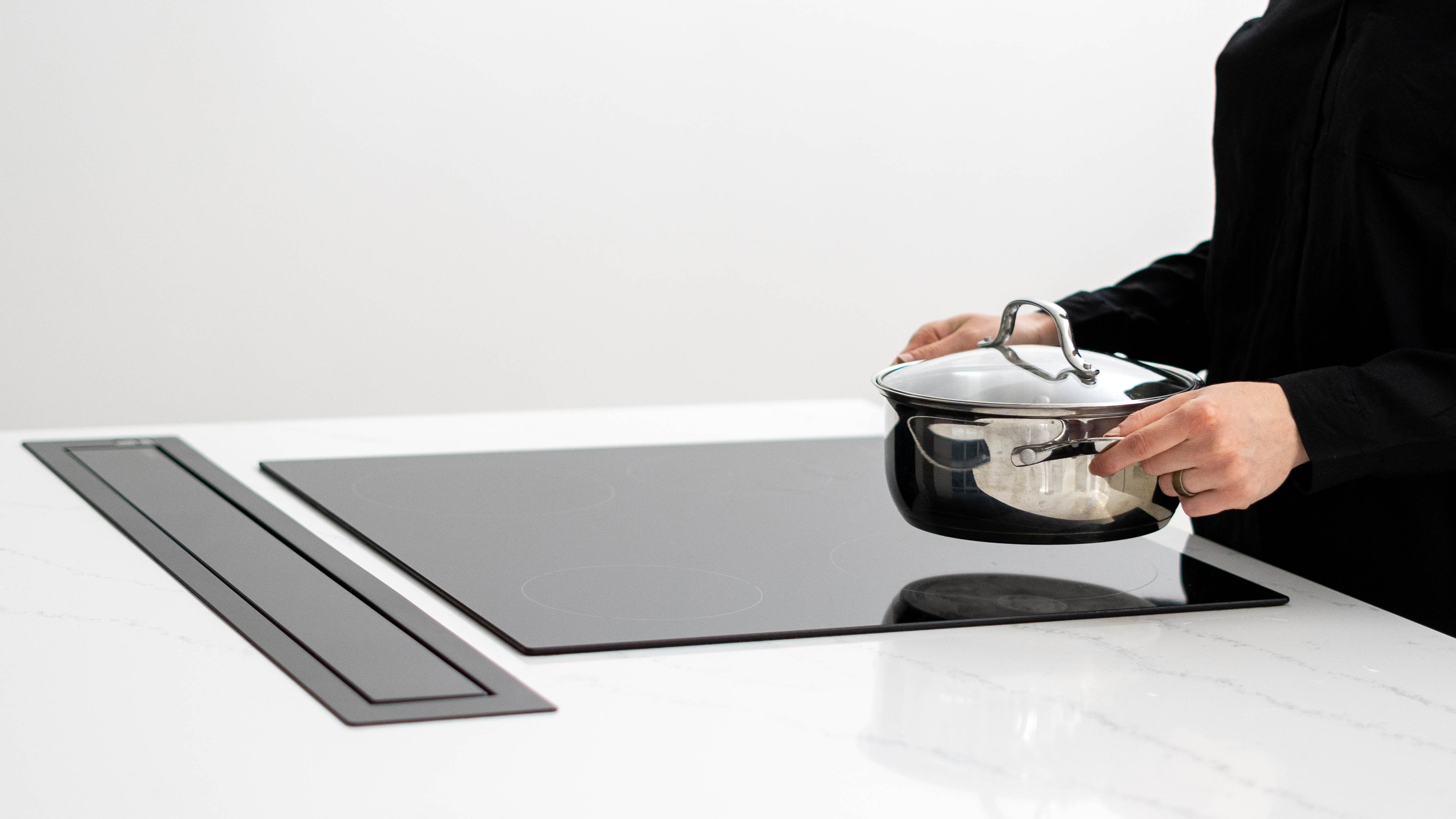
1. More expensive — This technology is an expensive addition, with induction cooktops starting from around $800, and going as high as $6,000. There’s not a huge selection of models to choose from either as these are still growing in popularity.
2. You need to buy appropriate cookware — You may need to buy all new pots and pans to work with an induction cooktop, which can get expensive. You can tell if your cookware is induction safe because it should specify on its underside, or feature a logo with four loops of wire.
3. The surface can scratch — Unfortunately, because it’s made of glass, an induction cooktop can scratch easily. Although, if you want to keep it looking pristine, here’s how to prevent scratches on your glass stove.
The pros of electric cooktops
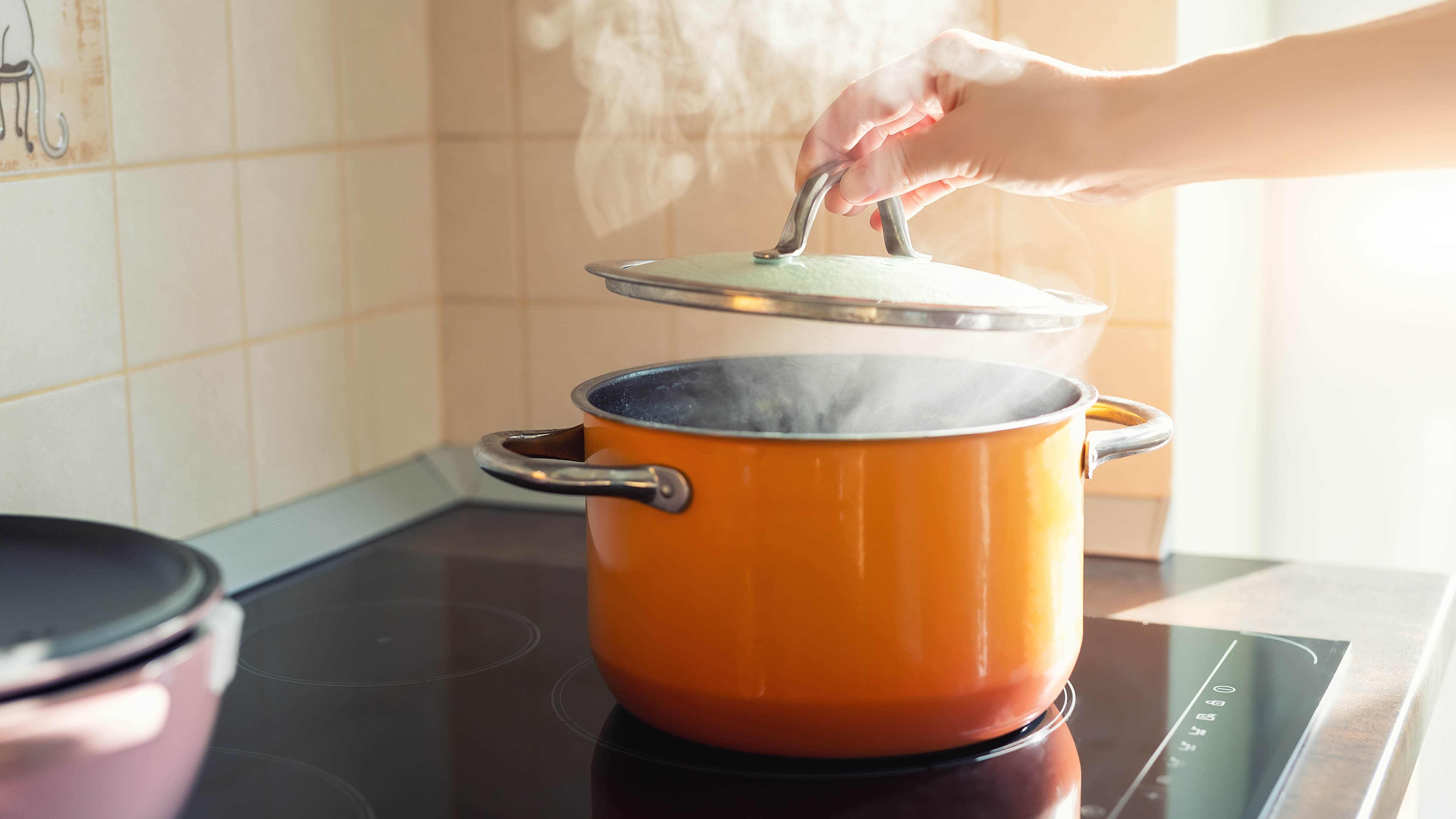
1. Cheaper — Standard electric stoves are generally more affordable and more widely available versus induction. They start from around $200 and can cost up to $3,000 for more premium brands. There tends to be more options in terms of sizes and layout as well.
2. You can use any type of cookware — No need to invest in expensive cookware, you can use any old pots and pans with a standard electric cooktop, including one of the best cast iron skillets.
3. Easy to clean — Just as it is with induction, electric cooktops are made of glass with a smooth and flat design. This means they’re easy to clean up.
The cons of electric cooktops
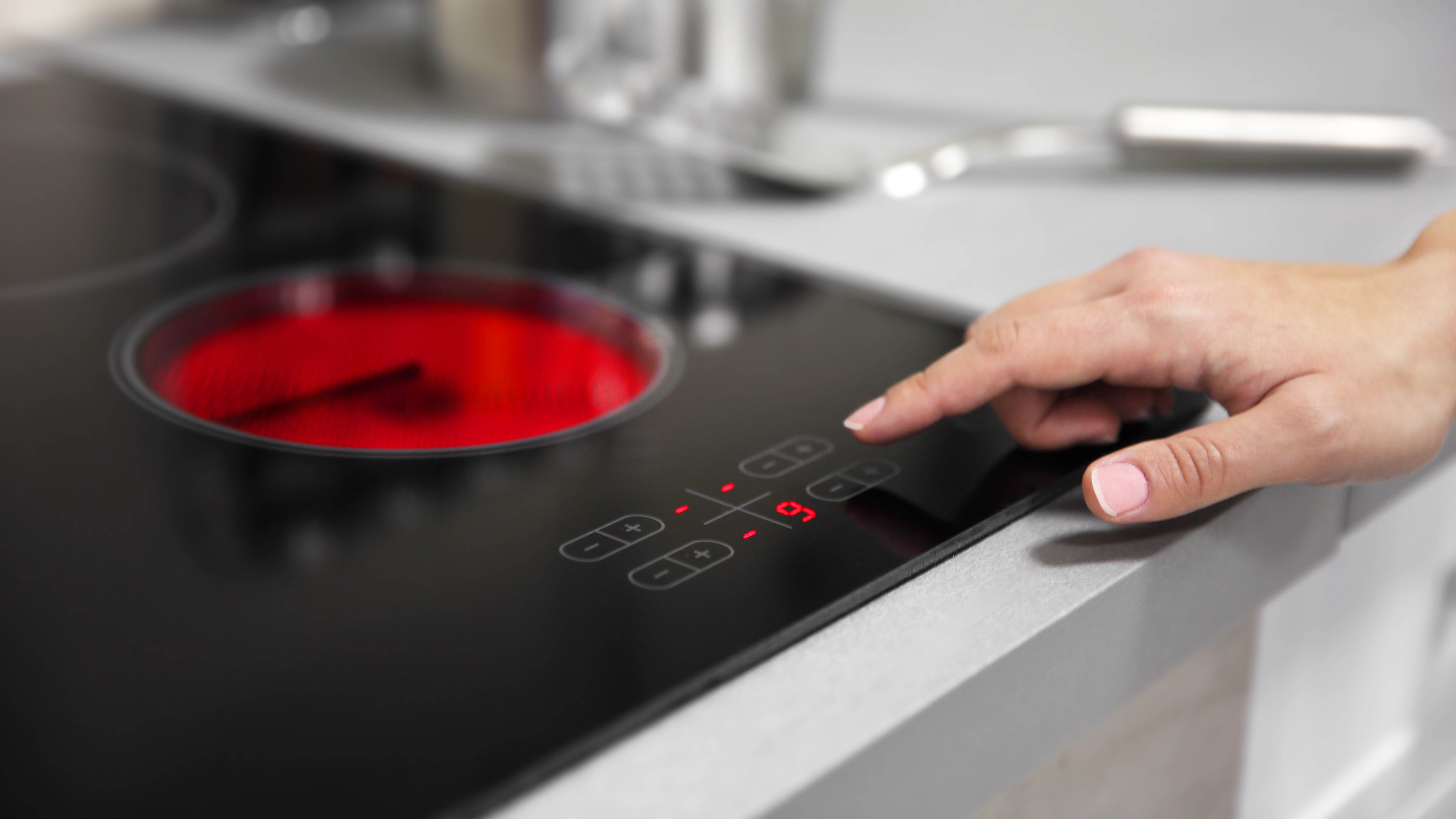
1. Slow to respond — Each time you use this kind of cooktop, you need to wait for the burner to heat up, as well as the pan itself. That means it naturally takes longer to get cooking with this stove-type.
2. A lack of control — Unfortunately, with a slower response rate comes less control as well. You will likely continue cooking for a few seconds after you turn the heat down. In fact, the burner can retain heat so well that you may have to remove the pan to quickly reduce the temperature. This means it’s all too easy to overcook ingredients.
3. Not very safe — If you accidentally switch an electric cooktop on, it will begin to heat, with or without cookware. Because the surface heats in use, it will also remain hot for some time once switched off. This naturally makes it the less-safe option between the two.
4. Less energy-efficient — A standard electric cooktop will lose heat as it transfers it from the burner to the pan. This means it’s less energy-efficient versus induction, which transfers the heat immediately to the cookware.
5. The surface can scratch — As it’s made of glass, scratches are inevitable on the surface of an electric ceramic stove. Try to keep your pans still on the cooktop to avoid this, and don’t drag them across the glass.
Induction vs electric cooktop: Which is better?
Ultimately, there’s clearly more pros to upgrading to an induction cooktop. It’s safer, quicker to respond, easier to control and better in terms of energy-efficiency as well. It will, however, add to the price tag and finding the right one to suit your kitchen can be tricky. You need to balance out your budget with your preferences to make a decision on which type of cooktop to buy.
Considering the benefits, it is likely that induction cooktops will continue to grow in popularity. Hopefully this technology will become more affordable in time to reflect increased demand.
For more cooking tips, tricks and how tos, check out how to clean an oven, 5 pros — and 5 cons — of cooking with an air fryer and dishwasher vs washing by hand — which is cheaper?
For all the latest Technology News Click Here
For the latest news and updates, follow us on Google News.
